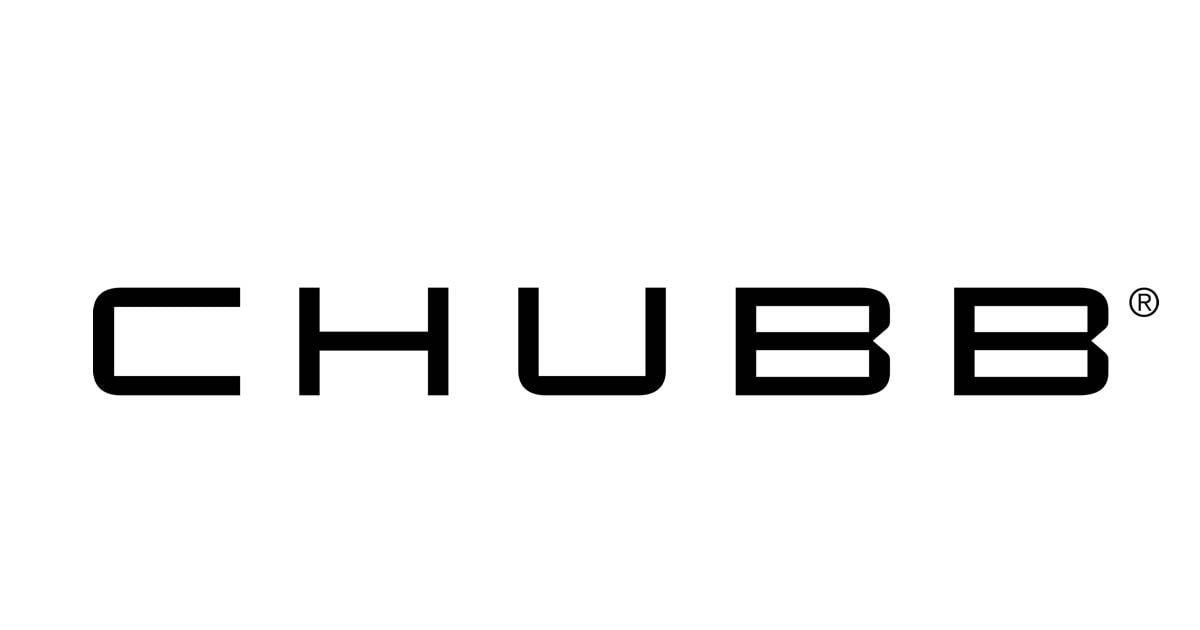The Empire State is home to nearly 20 million people, approximately 54% of whom are homeowners. Having the right insurance for your home can protect you financially against theft, natural disasters and other potential problems. NerdWallet has compared rates and policies from companies across the state to help you find the best homeowners insurance in New York.
Note: Due to underwriting practices and market volatility, some companies in this article may no longer write new policies in your area.
Why you can trust NerdWallet
Our writers and editors follow strict editorial guidelines to ensure fairness and accuracy in our writing and data analyses. You can trust the prices we show you because our data analysts take rigorous measures to eliminate inaccuracies in pricing data and may update rates for accuracy as new information becomes available.
We include rates from every locale in the country where coverage is offered and data is available. When comparing rates for different coverage amounts and backgrounds, we change only one variable at a time, so you can easily see how each factor affects pricing.
Our sample homeowner had good credit, $300,000 of dwelling coverage, $300,000 of liability coverage and a $1,000 deductible.
The best homeowners insurance in New York
If you’re looking to buy homeowners insurance from a well-rated national brand, consider one of these insurers from NerdWallet’s list of the Best Homeowners Insurance Companies.
More about the best home insurance companies in New York
See more details about each company to help you decide which is best.
State Farm
Well-established insurer with a lengthy list of coverage options.
Coverage options
More than average
Average set of discounts
NAIC complaints
Fewer than expected
State Farm
Well-established insurer with a lengthy list of coverage options.
Coverage options
More than average
Average set of discounts
NAIC complaints
Fewer than expected
As America’s largest insurer, State Farm stands out for its long list of coverage options. Its policies generally include extra dwelling coverage if it costs more than expected to rebuild your home after a covered disaster. You may also be able to add coverage for things like identity theft, damage from backed-up drains and personal injury liability.
Another useful endorsement you can add to a State Farm policy is an inflation guard rider, which automatically increases your policy limits to ensure your coverage doesn’t fall short.
Farmers
Those seeking benefits like diminishing deductibles and claims forgiveness may want to consider Farmers.
Coverage options
More than average
Average set of discounts
NAIC complaints
Fewer than expected
Farmers
Those seeking benefits like diminishing deductibles and claims forgiveness may want to consider Farmers.
Coverage options
More than average
Average set of discounts
NAIC complaints
Fewer than expected
Homeowners policies from Farmers may include two valuable types of insurance: extended dwelling and replacement cost coverage. Extended dwelling coverage gives you extra insurance for the structure of your house, while replacement cost coverage offers higher reimbursement for stolen or destroyed belongings.
Some Farmers policies also come with perks that can save you money. For example, with claim forgiveness, Farmers won’t raise your rate for a claim as long as you haven’t filed one within the past five years.
Chubb
Perks and high coverage limits for affluent homeowners.
Coverage options
About average
Great set of discounts
NAIC complaints
Far fewer than expected

Chubb
Perks and high coverage limits for affluent homeowners.
Coverage options
About average
Great set of discounts
NAIC complaints
Far fewer than expected
Chubb generally serves affluent policyholders with high-value homes, offering lofty coverage limits and plenty of perks. For example, the company covers water damage from backed-up sewers and drains and pays to bring your home up to the latest building codes during reconstruction after a claim. (Many insurers charge more for these types of coverage.)
Chubb policyholders may also be able to take advantage of the company’s HomeScan service, which uses infrared cameras to look for problems behind the walls of your home.

Nationwide
For shoppers seeking a broad range of coverage options, Nationwide may fit the bill.
Coverage options
More than average
Great set of discounts
NAIC complaints
Close to expected

Nationwide
For shoppers seeking a broad range of coverage options, Nationwide may fit the bill.
Coverage options
More than average
Great set of discounts
NAIC complaints
Close to expected
Nationwide’s standard homeowners policies include ordinance or law coverage, which pays to bring your home up to the latest building codes after a covered claim. They also have coverage for unauthorized credit or debit transactions. For an extra cost, you may be able to add coverage for things like water backup, identity theft and stronger materials to replace your roof.
The Nationwide website offers plenty of ways to manage your policy, including filing and tracking claims, paying bills and getting quotes.
Travelers
Travelers offers strong coverage and decent discounts.
Coverage options
About average
Average set of discounts
NAIC complaints
Fewer than expected
Travelers
Travelers offers strong coverage and decent discounts.
Coverage options
About average
Average set of discounts
NAIC complaints
Fewer than expected
Travelers offers a robust online experience. You can use the website to get a homeowners insurance quote, file and track claims, make payments and learn about insurance basics.
Its coverage offerings are similarly strong. For example, you may be able to add extra coverage in case the dwelling limit on your home isn’t enough to rebuild your house after a disaster. One unique option is Travelers’ green home coverage, which pays extra to use eco-friendly materials when repairing or rebuilding your home after a covered claim.

Hanover
Best for homeowners looking for many ways to customize their policy.
Coverage options
More than average
Average set of discounts
NAIC complaints
Far fewer than expected

Hanover
Best for homeowners looking for many ways to customize their policy.
Coverage options
More than average
Average set of discounts
NAIC complaints
Far fewer than expected
The Hanover gives homeowners lots of choices. You can opt for an auto/home package, a policy designed for high-value homes or a standalone policy for a standard house. You can further customize your policy with a range of coverage options for things like guaranteed replacement cost coverage, which will pay as much as it takes to rebuild your home after a disaster.
The Hanover sells policies exclusively through local independent agents. That means online quotes aren’t available, but you can get personal service to help you choose the proper coverage.
How much does homeowners insurance cost in New York?
The average annual cost of home insurance in New York is $1,365. That’s 25% less than the national average of $1,820.
In most U.S. states, including New York, many insurers use your credit-based insurance score to help set rates. Your insurance score is similar but not identical to your traditional credit score.
In New York, those with poor credit pay an average of $2,170 per year. That’s 59% more for homeowners insurance than those with good credit, according to NerdWallet’s rate analysis.
Average cost of homeowners insurance in New York by city
How much you pay for home insurance in New York depends on where you live. For example, the average cost of homeowners insurance in New York City is $2,065 per year. In Buffalo, homeowners insurance costs about $1,020 per year, on average.
Note: City names in the table below are based on the U.S. Postal Service’s preferred names for each ZIP code.
|
Average annual rate |
Average monthly rate |
|
|---|---|---|
|
Binghamton |
||
|
East Elmhurst |
||
|
Far Rockaway |
||
|
Mount Vernon |
||
|
New Rochelle |
||
|
Poughkeepsie |
||
|
Schenectady |
||
|
Staten Island |
||
|
White Plains |
||
The cheapest home insurance in New York
Here are the five cheapest insurers we found in New York.
What to know about New York homeowners insurance
Every state has unique hazards that can impact your home. Therefore, it’s essential to know what your home insurance policy covers so you can purchase additional coverage if needed. Some factors that may impact your home insurance in New York include winter weather, flooding and tropical storms.
Winter weather
Cold temperatures and winter storms can wreak havoc on a home, from burst pipes to ice damage. Homeowners insurance covers many but not all of these issues. For example, it’ll generally pay to clean up water damage from a frozen pipe or repair your roof if a blizzard knocks a tree onto it. However, it won’t pay for flooding caused by melting snow unless you have flood insurance.
Flooding
Floods can cause massive damage to a house, including structural problems and ruined furniture, and a standard homeowners insurance policy won’t cover any of it. If your home is in a high-risk flood zone as designated by the Federal Emergency Management Agency, your mortgage lender may require you to buy flood insurance. However, those in low- to moderate-risk areas can also get policies.
To find out if you’re at risk, put your address into FEMA’s flood maps or visit RiskFactor.com, a website from the nonprofit First Street Foundation. Even if your home is in a low-risk zone, it may be worth purchasing flood insurance to protect yourself financially.
Hurricanes and tropical storms
In 2012, Hurricane Sandy battered the Eastern Seaboard, and some homeowners found their insurance coverage insufficient. As noted above, homeowners policies generally don’t cover flood damage.
In addition to buying flood insurance, New York homeowners may also want to check whether their homeowners policy includes coverage for wind damage. Most policies do unless the home is in a high-risk area along the coast.
You may also want to check whether you have a separate deductible for wind claims. If so, it may be higher than the deductible for all other types of damage. (A home insurance deductible is the amount of a claim you’re responsible for.)
New York insurance department
Don’t forget you have an ally in the New York Department of Financial Services. This is the state agency that oversees New York’s insurance industry. You can check its website to confirm that your insurer is appropriately certified or to file a complaint. In addition, the agency’s toll-free helpline is available Monday through Friday from 8:30 a.m. to 4:30 p.m. at 800-342-3736. Translation services are available. You can also email [email protected]
Looking for more insurance in New York?
Is homeowners insurance required in New York?
Homeowners insurance is not required by New York state law. However, your mortgage lender may require you to purchase home insurance.
Why is home insurance so expensive in New York?
New York homeowners insurance generally costs less than the national average, but your own rate may be high for various reasons. Having poor credit, owning a home that would be expensive to rebuild and living in a neighborhood with a high crime rate are all factors that can lead to higher premiums. Homeowners insurance rates are also going up across the country due to inflation.
How can I save money on home insurance in New York?
Here are three ways to save money on homeowners insurance in New York:
-
Shop around to make sure you’re getting the best rate.
-
Choose a higher deductible. In case of any claims, you’ll pay more out of pocket, but your premiums will be lower.
-
Bundle your home and auto insurance for an overall lower rate.
Amanda Shapland contributed to this story.
This post was originally published on Nerd Wallet







